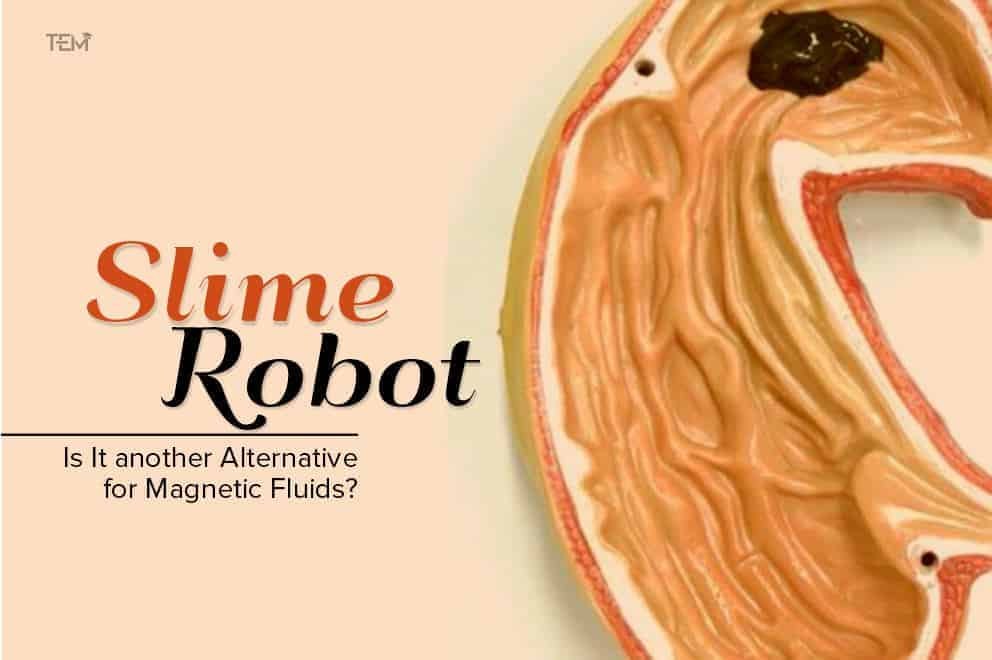Recently, a group of researchers in Hong Kong have successfully reincarnated Spider-Man’s symbiotic Venom. Unlike the reel Venom, the real one is quite effective and even has multiple purposes. Moreover, it is self-healing too. Debuting as the ‘Magnetic Turd’, scientists have created a soft robot out of slime. This slime robot can be used for retrieving objects that are swallowed by accident. In addition to that, it can be squeezed into places where it was previously impractical for doctors to approach.
Making of the ‘Magnetic Turd’
The Magnetic Turd is ‘self-healing’ and ‘very large deformation’ to squeeze and travel through narrow spaces. It is controlled by magnets and is a good electrical conductor and, hence, be used to interconnect electrodes.
The slime contains magnetic particles so that it can be manipulated to travel, rotate, or form O and C shapes when external magnets are applied to it. It is made from a blend of polyvinyl alcohol (a polymer), borax and neodymium magnet particles, resulting in a non-Newtonian fluid that behaves like a liquid or solid depending on force and can be controlled using external magnets. In addition to that, its creators believe that its ultimate goal is to be deployed like a robot.
The slime robot can have multiple uses:
- Since it is conductive in nature, the slime robot can be used to repair electric current between cut wires.
- Its ability to be manipulated enables it to grasp small objects.
- Scientists envisage that the slime could be useful in the digestive system. For instance, it can be useful in reducing the harm from a small swallowed battery.
Despite its potential benefits, the magnetic slime is toxic in nature. The magnetic particles in the slime are toxic themselves. The researchers coated the slime in a layer of silica—the main component in the sand—to form a hypothetically protective layer.
Why the Slime Robot?
The study on slime robots highlights the potential that magnetic miniature soft-bodied robots have for minimally invasive surgery, micromanipulation, and target drug delivery. The presently existing micro magnetic robots do not have the elasticity or deformation capacity as the slime robot. Moreover, several fluid-based robots are unstable as well. As of now, the slime robot is neither solid nor liquid. Therefore, it aims to present a novel solution for biomedicine and other fields.
Is there another alternative?
While the concept of slime robots might seem unique, other magnetic fluids have been existing already. For instance, Ferrofluids have numerous quirky as well as functional uses. Moreover, using the ferrofluids, one can also prepare a less toxic magnetic slime at home as well.
Related: Scientists Discover that Xenobots (Living Robot Cells) Can Reproduce Biologically










